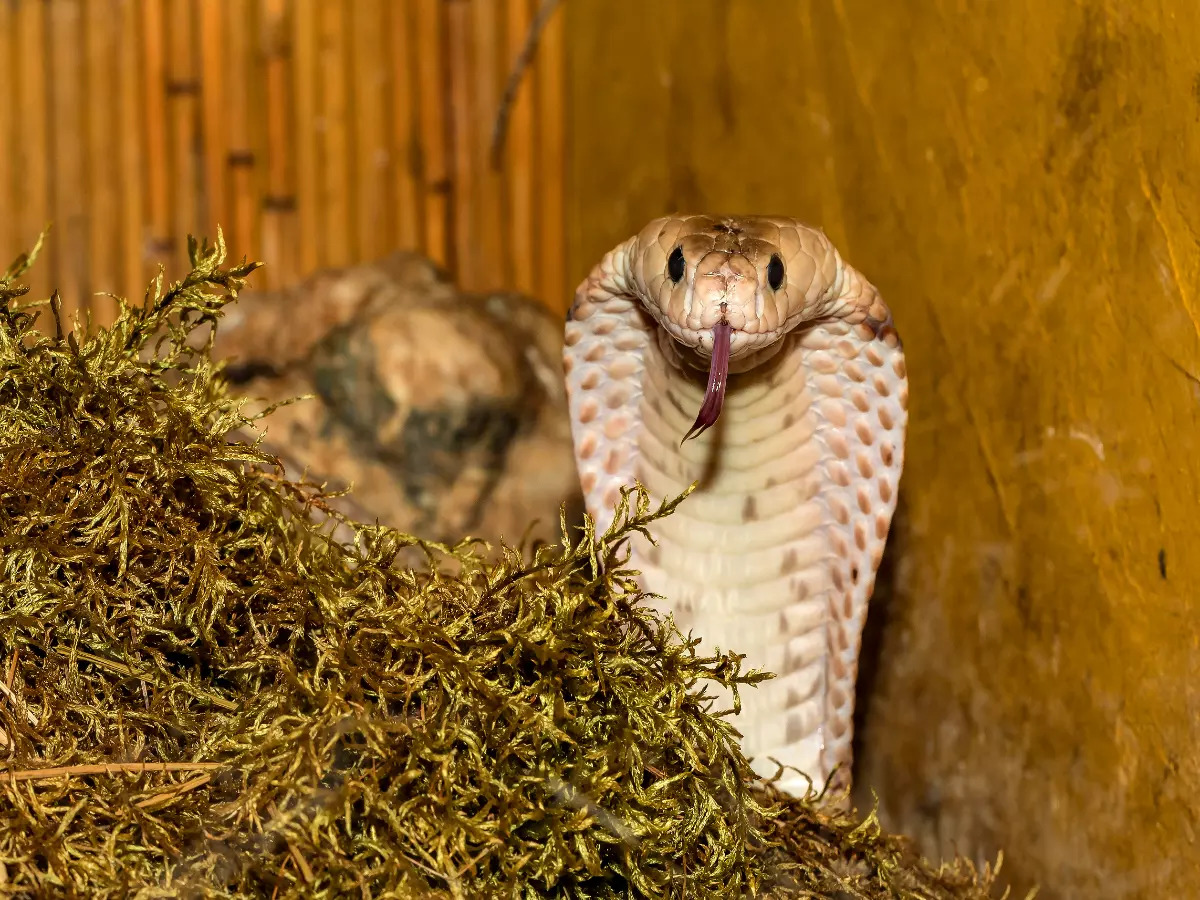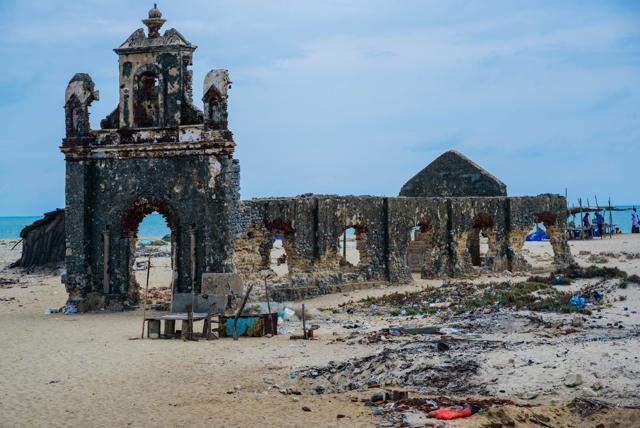In the remote village of Shetpal, nestled in the Sholapur district of Maharashtra, lies a fascinating phenomenon that has captured the attention of locals and visitors alike. This nondescript village, with a population of about 2600, is home to a unique coexistence between humans and cobras. Snakes roam freely from house to house, and instead of fear or harm, they are welcomed as members of the family. This article delves into the intriguing mystery of Shetpal, exploring the traditions, beliefs, and harmonious relationship between the villagers and these venomous creatures.
Unlike many other places where snakes are feared and exterminated, the people of Shetpal have embraced the presence of cobras in their everyday lives. These serpents are treated as pets and are allowed to roam freely within the village. There is no fear or harm inflicted upon them, as the villagers believe that the cobras bring good luck and prosperity to their homes.
In each house of Shetpal, a special corner called the "devasthanam" is designated as the abode for the cobras. This sacred space is set aside exclusively for the snakes to rest and cool off whenever they wish. When constructing a new house, the villagers ensure that a hollow portion of the dwelling is devoted as a devasthanam for the cobras. This unique practice showcases the deep reverence and acceptance the villagers have for these venomous creatures.
The harmonious relationship between humans and snakes extends even to the village schools. It is not uncommon to find cobras slithering into classrooms during a class. Astonishingly, neither the teachers nor the students are perturbed by their presence. The children, raised from an early age to coexist fearlessly with the snakes, continue to focus on their studies without any fear or distraction. This remarkable aspect of life in Shetpal exemplifies the level of trust and understanding between the villagers and the cobras.
To fully understand the significance of snakes in Shetpal, we must delve into the deep-rooted connection between snakes and Hinduism. In Hindu mythology, snakes hold a significant place, often associated with deities and divine symbolism. Lord Shiva is epitomized by the cobra, symbolizing his transcendence of time and space. Lord Vishnu, another prominent deity, rests on the coiled bed of a massive snake called Adhiseshan. These divine associations have led to snake worship and reverence in Hindu culture.
One of the most important festivals dedicated to snake worship is Nag Panchami. Celebrated annually on the fifth day of the month of Shravana, according to the Hindu calendar (usually falling in July or August), Nag Panchami sees thousands of devout individuals, particularly women in Indian villages, worship and feed snakes to seek divine blessings. This age-old tradition is deeply ingrained in the rural communities of India, and the belief in the power and blessings of snakes continues to persist.
Many Hindu temples in India feature clusters of small stone-carved images of snakes lining their premises. These stone representations of snakes, known as "naga" in Sanskrit, are often found along the prakara or prathakshana path (Passage/Courtyard) of the temple. It is believed that childless women who pray to the snake deity, Nag Devta, for a child will set a stone image of a snake in the temple after performing certain rituals. One such temple, the snake temple at Haripad in Alappuzha district, Kerala, boasts an astonishing number of over 30,000 stone images of snakes in and around its premises.
What makes Shetpal even more mysterious is the fact that there have been no reported incidents of snake bites in the village. Despite the free movement of cobras and their close proximity to humans, no harm has come to the villagers. This enigma has baffled experts and visitors alike, sparking curiosity and fascination about the dynamics of this unique relationship.
The welcoming nature of the villagers towards the cobras may contribute to the absence of snake bites. The snakes are regularly fed, ensuring that they have an ample supply of food, and are less likely to seek it from other sources, including humans. The villagers' understanding of the snakes' behavior and their adherence to traditional practices may also play a role in maintaining this peaceful coexistence.
The origin of this extraordinary practice in Shetpal remains unknown. It has been passed down through generations without a clear historical explanation. However, the tradition continues to thrive, captivating the imaginations of those who visit this village. Shetpal has become a testament to the power of ancient beliefs and the ability of humans and nature to coexist in harmony.
If you are intrigued by the mystery of Shetpal and wish to witness this unique phenomenon firsthand, you can visit the village by alighting at the Modnimb Railway Station in Maharashtra or by boarding a flight to Pune Airport. From there, you can hire a cab to Shetpal, immersing yourself in the rich culture and deep reverence for snakes that permeate the village.
Shetpal is a place like no other, where cobras roam freely, are welcomed into every home, and are treated as members of the family. The deep-rooted traditions, the belief in the power and blessings of snakes, and the understanding between humans and these venomous creatures create a remarkable atmosphere of harmony and trust. As visitors flock to this remote village, the mystery of Shetpal continues to captivate and mesmerize us, reminding us of the wonders of nature and the mysteries that lie within our ancient traditions.











